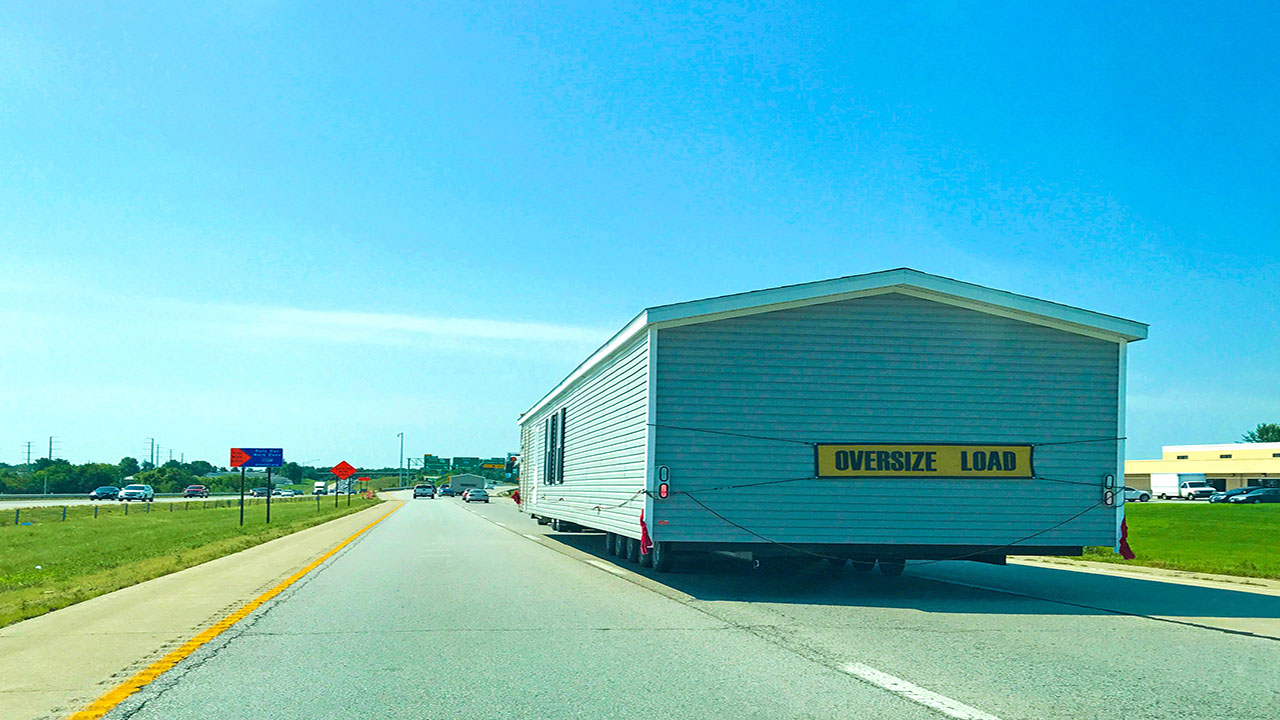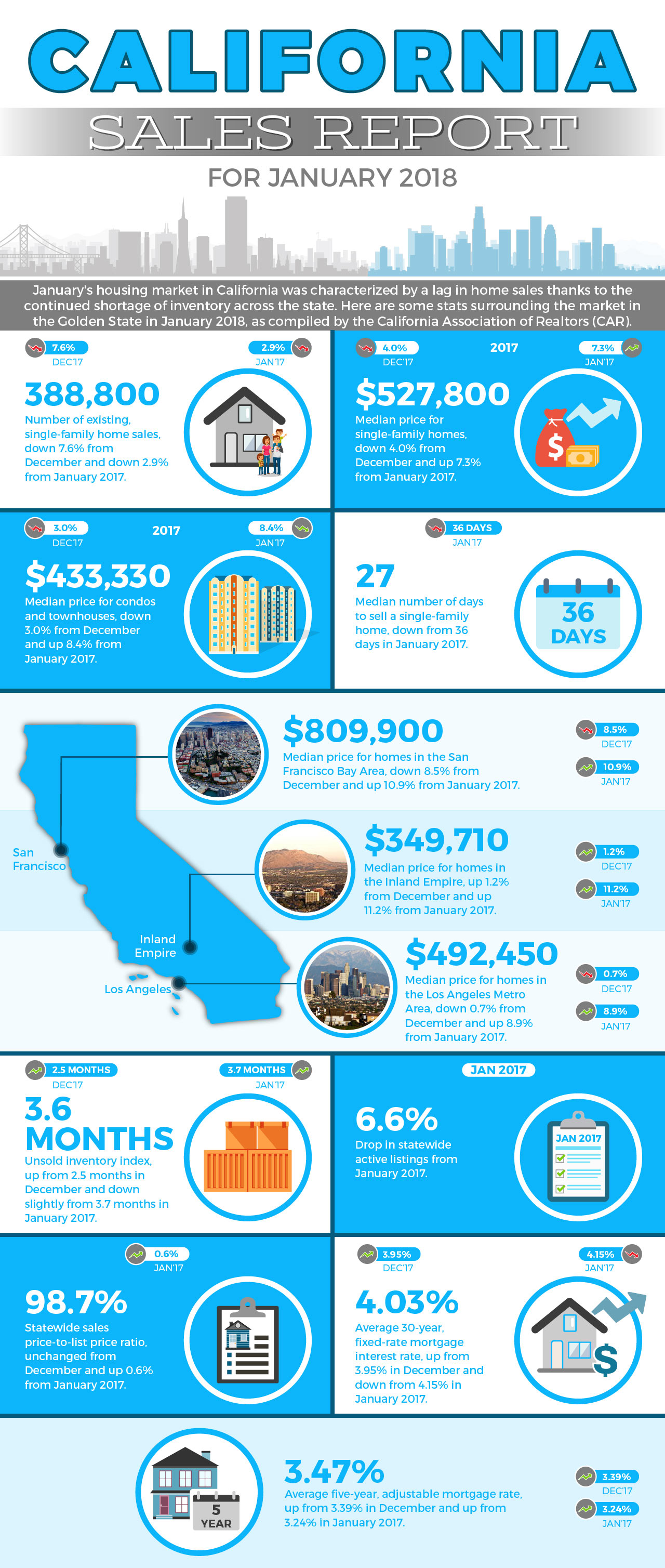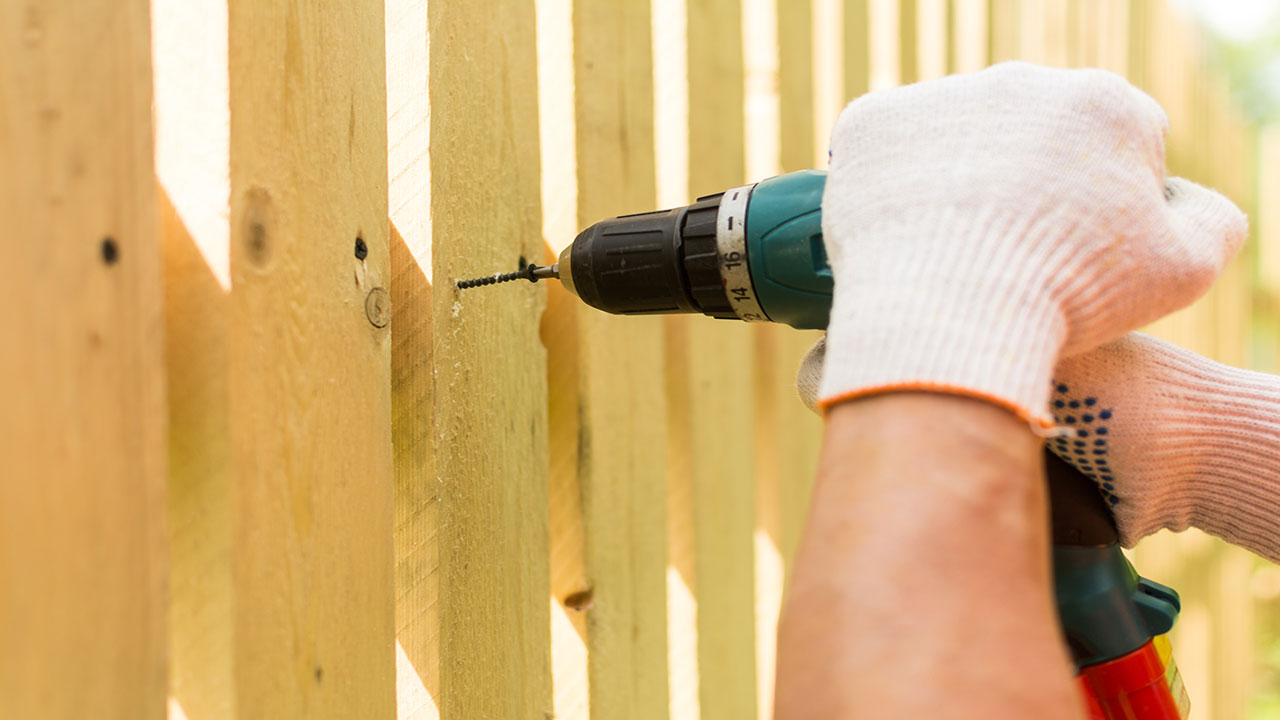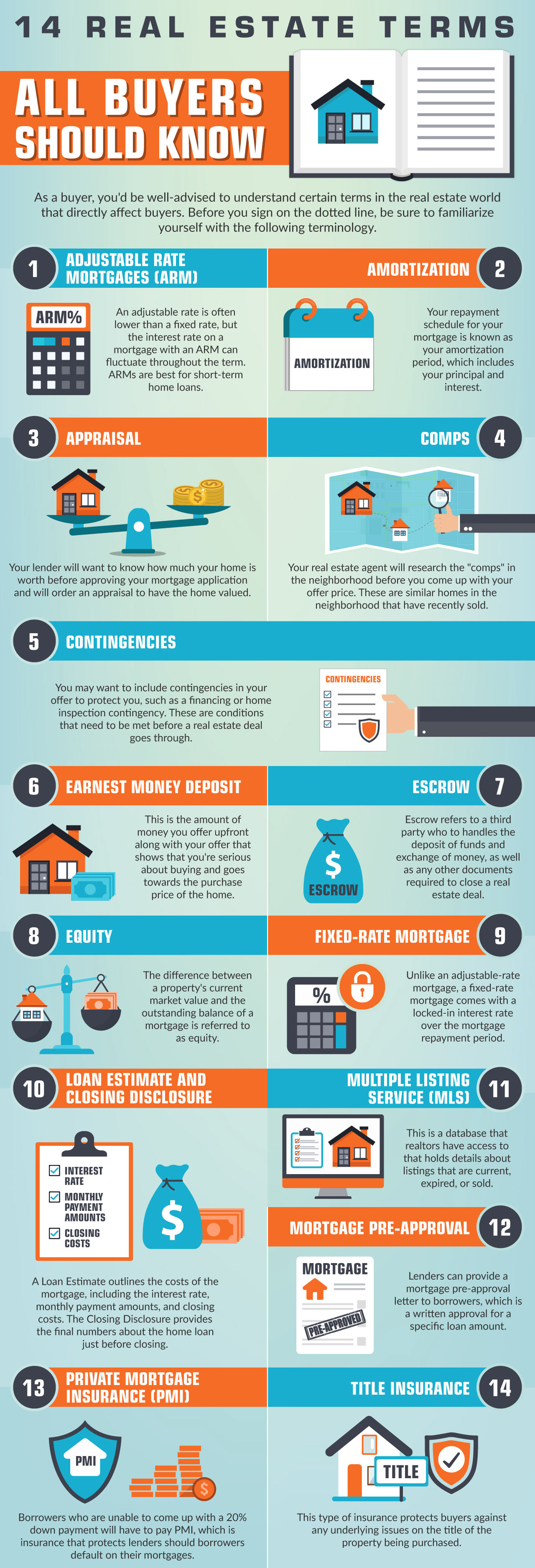Avoid These 6 Decor Trends When Selling

As a seller, you want to make sure that you find a buyer in a reasonable amount of time. You also want to find a buyer who’s willing to pay you what your home is worth. And one of the best ways to do that is to prep your home in such a way that it “speaks” to buyers.
The fastest way to find a willing buyer is to help foster an emotional connection between buyers and your home, and staging appropriately can help make that happen.
Yet while there are certain design and decor elements that are considered attractive, there are still many others that aren’t. In fact, some types of decor can be major turn-offs.
If selling quickly and for top dollar is on your agenda, be sure to avoid any one of these off-putting decor trends.
1. Wall-to-Wall Carpeting

It’s been a long time since wall-to-wall carpeting has been in style in home decor, and buyers still don’t like the sight of it. While carpeting is actually quite comfortable to walk on, the thought of carpeting all over the house conjures up thoughts of trapped dirt and debris. Not only that, carpeting from one end of the room to the other is just not attractive any longer.
For years now, buyers prefer to see other types of material on floors, especially hardwood. If you’ve got wall-to-wall carpeting in your home, consider ripping it out in favor of hardwood flooring. If there’s already hardwood underneath, you can save a few bucks by simply having them sanded down and restained. Doing so could add some perceived value to your home and make a better impression on buyers.
2. Converted Rooms
You might not have any use for that third bedroom, but that doesn’t mean buyers won’t. Rather than waste the space, you may have used that extra bedroom for an office, exercise room, or playroom. But when it comes time to sell, you may want to consider converting that room back to its original function.
Buyers often have a tough time seeing past a home’s decor and will often be unable to imagine the home as a three-bedroom home rather than a two-bedroom with an office, for example. While the only thing standing in the way of the extra bedroom is the furniture, buyers prefer to see a home for what it is. Homes with more bedrooms are typically valued higher, and by marketing your home with a converted bedroom, you’re not doing your listing any justice.
3. Heavy Metallics

Metallics like bronze, copper, and polished nickel might have made a splash on the home decor scene over the recent past, but it’s certainly possible to go overboard with this trend. A little bronze or copper can go a long way, but too much can just be extremely overwhelming. If you want to include metallics in your home’s decor, be subtle. Using it on fixtures or doorknobs is fine, but plastering it across all surfaces is just too much.
Further, the type of finish matters too. Shiny finishes might be popular, but once again, only in doses. As exciting as metallics can be, too much of it can have a negative effect on the appearance of your home, especially to buyers who might not have the same level of affinity and appreciation for metallics as you.
4. Too Much White
White has been the go-to neutral in home decor as of late, especially in spaces like the kitchen and bathroom. It’s clean and provides a simple backdrop upon which to build. But too much white can make a space seem cold and uncomfortable.
Buyers want to walk into a home and feel warm and welcome, and all-white rooms can have the opposite effect. This is especially true for homes with modern design; this type of architecture combined with too much white can make a home feel too harsh, which is not the feeling you want buyers to have when they visit.
5. Too-Bold Front Door

If your front door is tired-looking and could use some sprucing up, a paint job is often the fastest and most cost-effective way to breathe some life into it. Painting the front door is also a great way to liven up your landscaping and improve your home’s curb appeal. But be careful with the color you choose to paint it in.
A color that’s considered too bold and bright could command a lot of attention, but for all the wrong reasons. The more popular door colors tend to be black, brown, white, and even red. But some homeowners have chosen to use more unconventional colors, such as yellow, green, and even purple. A statement door might be great for you and your tastes, but you’d be expanding your reach of interested buyers by painting your front door in a more subdued hue.
6. Bright Paint on the Walls
Along the same lines as the front door are the walls of your home. You might have an affinity for bright colors, but the odds of appealing to all buyers looking in your area are pretty slim. Bright paint colors might work for you, but not necessarily for buyers. As such, repainting your walls in a more subdued color or neutral hue is typically recommended.
7. Popcorn Ceilings

One of the first things that buyers promise to change as soon as they take possession of a home they buy are popcorn ceilings. These bumpy surfaces are easily and quickly noticed, but not for the right reasons. Popcorn ceilings may have been popular decades ago because of their ease of application and affordability, but they’re nothing but an eyesore today. If your home still has popcorn ceilings, it’s time to make a change before you put your home on the market.
The Bottom Line
Certain home decor trends work very well at appealing buyers, while others have the opposite effect. While some decorative elements might be blatantly outdated and unattractive, others might not be as obvious. Get the opinion of your real estate agent about any changes your home’s decor might need. Otherwise, hire a professional home stager to make any necessary updates for you.





































